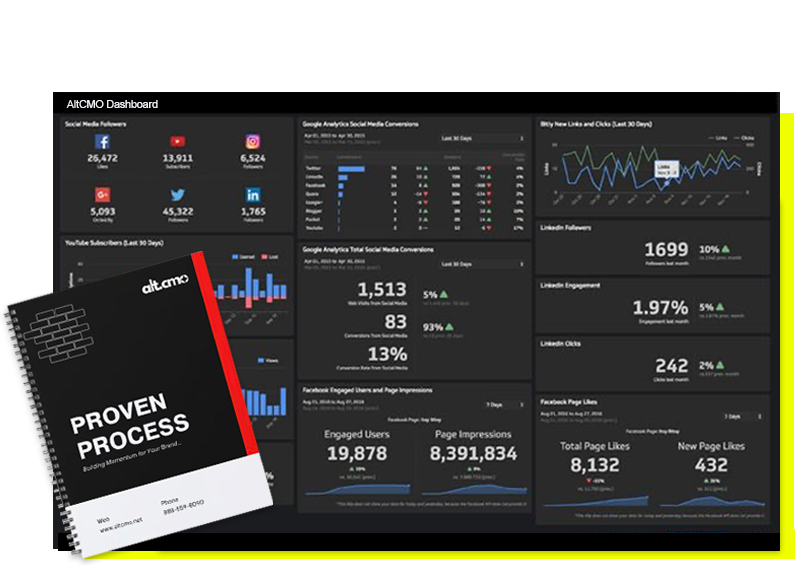Create an Effective Sales Enablement Plan

Overview
This plan aims to help your team enhance their sales effectiveness by providing your sales teams with the tools, resources, and information they need to engage with prospects and close deals more efficiently.
The plan will be divided into key stages: Preparation, Needs Assessment, Content Development, Training, Tool Selection, Implementation, and Monitoring and Optimization.
Preparation
Client Briefing
- Conduct an initial meeting with your team to understand your business objectives, sales processes, target markets, and pain points.
- Gather information on your current sales enablement efforts, if any, and assess the existing resources and tools.
Research and Benchmarking
- Research industry best practices and benchmark against competitors to identify successful sales enablement strategies.
- Gather insights on the latest trends and technologies in sales enablement.
Needs Assessment
Identify Business Objectives
- Work with your team to identify their key business objectives that the sales enablement plan should support.
- Focus on areas such as increasing sales productivity, shortening sales cycles, improving lead conversion rates, and enhancing customer engagement.
Sales Team Interviews
- Conduct interviews with your sales team members to understand their challenges, needs, and preferences.
- Gather insights on the types of content and tools that would be most beneficial to their sales efforts.
Gap Analysis
- Perform a gap analysis to identify the discrepancies between the current state of sales enablement and the desired state.
- Identify specific areas where the sales team lacks the necessary resources, training, or support.
Content Development
Develop Buyer Personas
- Create detailed buyer personas based on the target market segments.
- Include information on demographics, pain points, motivations, and buying behaviors.
Create Sales Content
- Develop a variety of sales content tailored to each stage of the buyer’s journey, including case studies, whitepapers, product brochures, and presentations.
- Ensure content is relevant, engaging, and addresses the needs and concerns of the target audience.
Content Library
- Organize the created content into a centralized content library that is easily accessible to the sales team.
- Implement a tagging and categorization system to facilitate quick search and retrieval of content.
Training
Training Needs Assessment
- Assess the training needs of your sales team to effectively use the new sales enablement resources and tools.
- Identify key areas where additional training is required, such as product knowledge, sales techniques, and customer engagement.
Develop Training Materials
- Create comprehensive training materials, including user guides, video tutorials, and role-playing scenarios.
- Tailor materials to your specific sales processes and workflows.
Conduct Training Sessions
- Conduct hands-on training sessions for your sales team.
- Provide ongoing support and resources to ensure users are comfortable with the new sales enablement resources and tools.
Tool Selection
Research and Shortlist Tools
- Research and create a shortlist of sales enablement tools that meet your specific needs and budget.
- Consider tools such as CRM systems, sales engagement platforms, and content management systems.
Evaluate Tools
- Evaluate each tool based on criteria such as functionality, ease of use, integration capabilities, scalability, and cost.
- Use online reviews, case studies, and product demos to inform the evaluation.
Select Tools
- Select the tools that best meet your requirements and integrate well with your existing systems.
- Ensure the selected tools offer robust sales enablement capabilities and support the identified workflows.
Implementation
Integration Planning
- Develop a detailed integration plan outlining how the new tools will be integrated with the existing tech stack.
- Identify any potential challenges and plan for data migration, API connections, and custom integrations.
Integration Execution
- Work with the client’s IT team or external vendors to execute the integration plan.
- Ensure seamless data flow between tools and systems.
Testing and Validation
- Conduct thorough testing to ensure all integrations work as expected.
- Validate data accuracy, functionality, and performance.
Monitoring and Optimization
Performance Tracking
- Establish KPIs and metrics to track the performance and effectiveness of the sales enablement plan.
- Use analytics tools to monitor key metrics such as lead conversion rates, sales cycle length, and sales productivity.
Software and Plugins
- Conduct regular reviews with your team to assess the performance of the sales enablement resources and tools.
- Gather feedback from the sales team and identify opportunities for further optimization.
Continuous Improvement
- Implement a process for continuous improvement, making adjustments based on performance data and feedback.
- Stay updated on new features, updates, and best practices to keep the sales enablement plan current and effective.
Deliverables
Needs Assessment Report
- A comprehensive report detailing the needs assessment, including identified gaps and recommended actions.
Buyer Personas
- Detailed buyer personas for the target market segments.
Sales Content Library
- A centralized library of sales content organized for easy access and retrieval.
Training Materials
- Comprehensive training materials tailored to your sales processes and workflows.
Tool Selection Report
- A report summarizing the evaluation and selection of sales enablement tools.
Integration Plan
- A detailed plan for integrating the new tools with the existing tech stack.
Performance Tracking Plan
- A plan for tracking the performance of the sales enablement plan, including defined metrics and KPIs.
